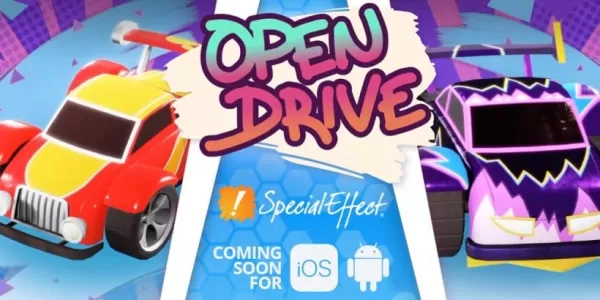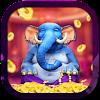I may have only played for three hours, but I’m already convinced that Mario Kart World might be better named Mario Kart Knockout Tour. The new last-one-standing race mode is the true standout, injecting fresh tension and chaos into the franchise’s signature gameplay. It’s such a compelling addition that it feels like it should be the headline feature. So, it’s a curious choice by Nintendo to position the game’s open world as the main attraction for its Switch 2 launch. I understand the appeal—fans have long dreamed of a Mario Kart without track boundaries—but after spending time with the free roam mode, I came away underwhelmed.
When we think of open-world racing, Forza Horizon sets the gold standard. Playground Games has perfected a formula that blends exploration, challenge, and wonder into a cohesive, thrilling experience—so much so that their latest entry earned IGN’s Game of the Year. In contrast, Mario Kart World’s open map, while expansive, feels hollow. During my half-hour exploration, I found myself speeding across flat grasslands, deserts, and calm seas with little to engage with. The world lacks atmosphere, density, and meaningful activities, making it feel more like a backdrop than a playground.
Most of my time was spent searching for something—anything—to do. There are P Switch challenges scattered around, which trigger short time trials involving coin collection or checkpoint runs. They’re fun at first, but the novelty wears off quickly. Completing them takes less than 15 seconds, and the repetition makes them feel like filler rather than rewarding content. Walking away from a demo feeling like you’ve already seen everything the side content has to offer isn’t a great sign. I hope deeper exploration in the full release uncovers more, but another issue gives me pause.
Rewards for these challenges are limited to cosmetic stickers for your kart—nice, but that’s about it. Progression still hinges on traditional Grand Prix races, which feels like a missed opportunity. An open world like this could have hidden unlockable karts, characters, or vehicles in secret locations, rewarding curiosity. Outfits can be found at Yoshi’s restaurants, but they’re just as easy to obtain during regular races. The sense of discovery that defines great open-world games—like stumbling upon a rare barn find in Forza Horizon—is missing here. In my demo, the closest I got was finding a large green warp pipe that simply teleported me 20 meters down the road. Why doesn’t it lead to a hidden challenge or bonus area?
This lack of meaningful progression and engaging side content makes me question how much time I’ll actually spend in free roam. Yes, there are Peach Medallions to collect, which require skillful use of the new rail grinding and wall riding mechanics, but again, they only unlock more stickers. That’s fine in principle—Nintendo games often prioritize fun over grind—but I can’t help but wish these could be used for something more substantial, like unlocking cosmetics in a shop, similar to how moons are used in Super Mario Odyssey.
Perhaps I’m just a jaded adult. Let’s be fair: kids and fans of all ages will likely enjoy zipping through this vibrant world, soaking in the colorful beaches and bustling city streets. And yes, there are flashes of classic Nintendo magic—like when I drove into the back of a giant truck, took control Cappy-style, and went on a joyful rampage, smashing into cars and coin-filled blocks. It was a moment of pure, unscripted fun, the kind of creative spark the rest of the open world seems to lack. Sure, there’s a dynamic weather system, a day-night cycle, and a soundtrack that shifts with the biome, but these polish elements don’t translate into deeper gameplay engagement.
The open world does serve an important purpose beyond free roam. It seamlessly connects traditional tracks, enabling dynamic course combinations and enhancing replayability. More importantly, it’s essential to the new Knockout Tour mode. The way the race winds across diverse environments—jungles, cities, deserts—is impressive and would lose its impact on a standard looped track. So the world has value, just not as a destination for exploration.
When approached more like a toy box than a full-scale open-world racer, Mario Kart World’s free roam does offer some charm. But don’t expect it to leave a lasting impression—especially not at $80. The heart of Mario Kart remains its racing, and the Knockout Mode reignites that excitement like nothing in recent memory. It’s so good, in fact, that it deserves to be the star of the show, not overshadowed by a world that promises more than it delivers.





![Chubby Story [v1.4.2] (Localizations)](https://images.737c.com/uploads/85/1719638042667f981a5e9f8.jpg)


